The Olympus XA2 has, for decades, been a popular small 35mm film compact you can carry around in your pocket. An excellent piece of design, it’s simple to operate with zone focusing and a respected f/3.5 35mm fixed lens. Having shot many photos with one, I looked for an inexpensive digital equivalent with the same convenient body size and the largest sensor possible. What I found is the Panasonic GM1 with a Micro Four Thirds 16MP sensor. It was released in late 2013 and is no longer produced.
As far as I am aware, no manufacturer has yet produced a digital full frame camera as small as the XA2. There are fixed lens compacts available with 1″ sensors such as the Sony RX100 series and the Ricoh GR series APS-C sensor cameras, which are pocketable and good, but I was also hoping for the added bonus of being able to fit different lenses. Without a lens mounted the Panasonic GM1 is actually smaller than the XA2. That’s pretty amazing for an MFT interchangeable lens camera. I bought my GM1 used on ebay and didn’t appreciate quite how tiny this thing is until it was delivered and in my hand.
Apparently, Panasonic engineers somehow managed to stuff into it most of the features found on the larger GX7. Being a sophisticated modern digital camera it’s a more versatile performer than the point and shoot Olympus XA2. However, it has a fixed LCD panel and no viewfinder. I should mention Panasonic went on to produce the GM5 (also discontinued) which includes an EVF, but it is a somewhat bigger camera although not by a great deal, but these usually sell for significantly more. The GM1 does have a pop-up flash with a range of a few metres. The XA2 can be fitted with a flash attachment which is probably more powerful.
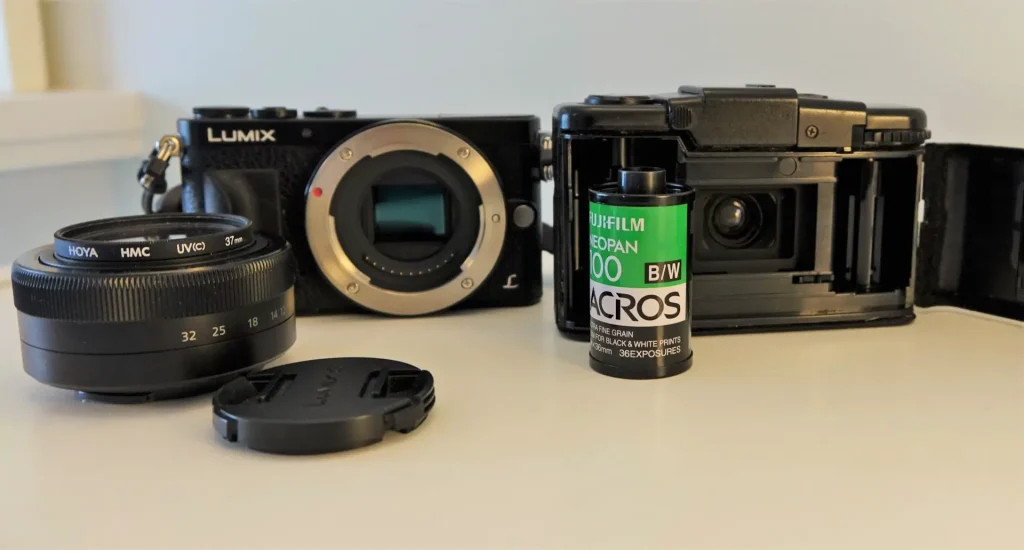
The Lens
I bought the optically stabilised 12-32mm f/3.5-5.6 kit lens for flexibility as it’s had positive reviews. It collapses down to what you could almost call pancake dimensions, given it’s an AF zoom, but it does make the GM1 thicker than an XA2. No problem, there’s a very wide range of compatible Panasonic and Olympus MFT lenses, one of them being the Panasonic 14mm f/2.5 (28mm full frame equivalent) which is a small pancake prime, although it has no OIS.
If you don’t mind distortion you could even have some fun with the cheap and cheerful Olympus Fisheye 9mm f/8 body-cap lens which is only 12.8mm thick. Going in the other direction you can fit longer lenses, and illustrated here as an example I’ve mounted an OM system E.Zuiko 135mm using an MFT adaptor. Usefully, focus peaking still works in manual mode with vintage glass like this.
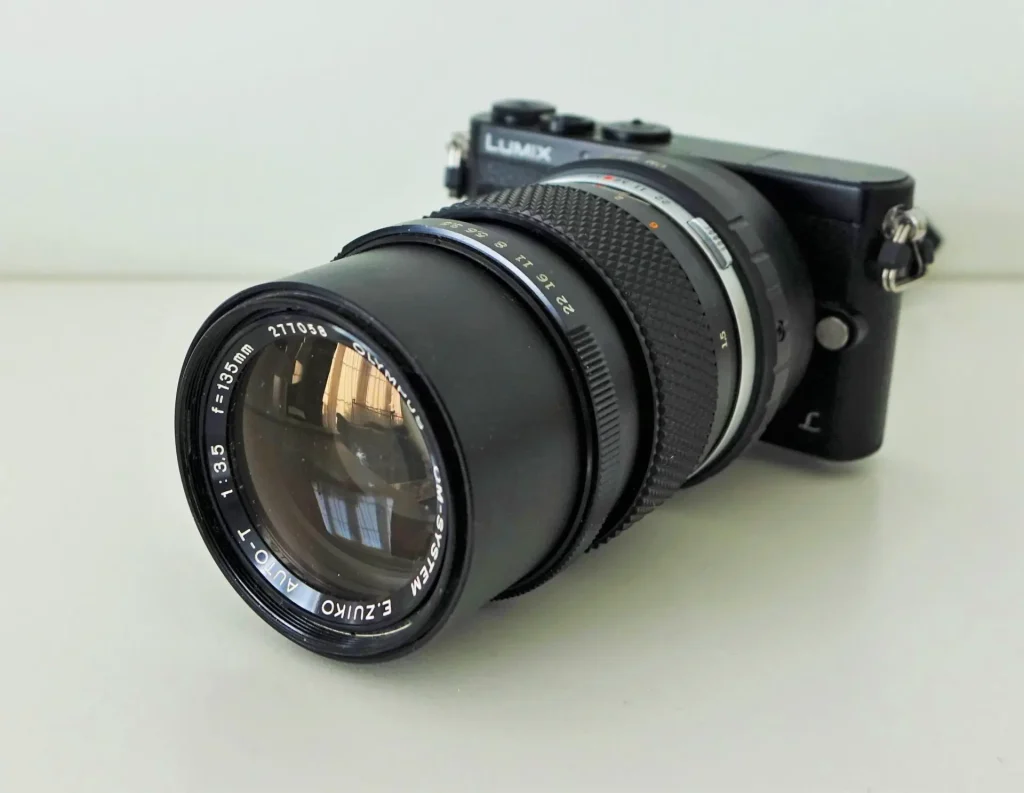
I might invest in the wide angle 14mm lens for the GM1 to benefit from the larger aperture and shallower profile. Also, this avoids the slightly inconvenient start-up procedure the kit lens requires which is to manually extend the lens before shooting. Another option would be the Panasonic 20mm f/1.7 pancake. Both lenses have very fast AF and manual focus if needed. In short, with one of these primes the GM1 takes up hardly more space than an XA2.
Build
The Panasonic GM1 body is robust magnesium alloy, while the Olympus XA2 has a mostly plastic although durable construction. It has no grip, and Panasonic made a metal one for this model you could screw on. I found it easier and cheaper to by a Flipbac FBG3 silicon grip that sticks on with double-sided tape and so far it’s stayed firmly in place.
Features
I won’t go into all the features the Panasonic GM1 has as there are comprehensive reviews online, and as mentioned above it’s based on the larger GX7 so its capabilities are extensive. Suffice to say there are a multitude of settings and tweaks available using the dials, touchscreen and function button. You can of course shoot completely automatically. I usually have one of the custom settings (C1 & C2 on the dial) as monochrome.
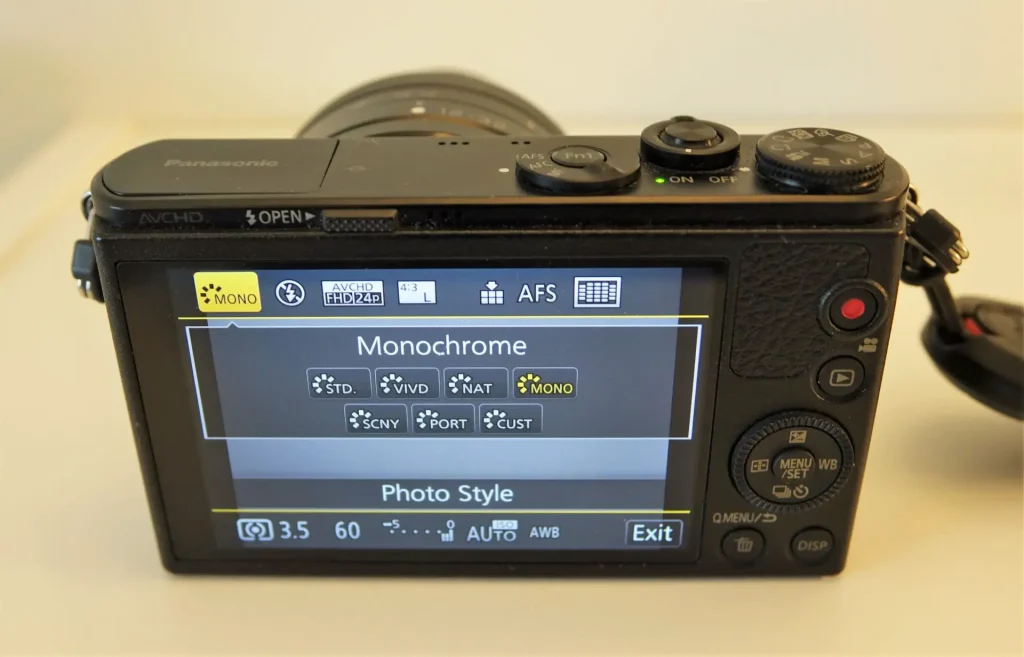
A comparison
I thought it would be an interesting experiment to carry around both cameras and capture the same scenes. I loaded the XA2 with Fujifilm Neopan Acros 100 for sharpness and lack of grain, and set the Panasonic GM1 on Monochrome. The GM1 also has grainy ‘Rough Monochrome’ and high contrast ‘Dynamic Monochrome’ available, but felt the straight monochrome would be the closest match to the Neopan.
The XA2 has a fixed 35mm lens so replicated this on the 12-32mm zoom by adjusting it to around the 18mm mark (36mm equivalent). Despite the lack of a viewfinder and the relative thickness due to the kit lens I’m currently using, in terms of size, handling and convenience I’ve found the GM1 performs a similar role for me as the XA2 I’ve used as a pocket camera for years. You can almost forget it’s on you until a moment appears worth photographing and whip it out to take a quick shot. Mainly down to inexperience with the GM1, a few times I did accidentally turn the revolving back dial, or touched the screen at the wrong moment which caused a delay to taking the shot while I sorted it out, which isn’t something you experience with the XA2 – a point in favour of the Olympus.
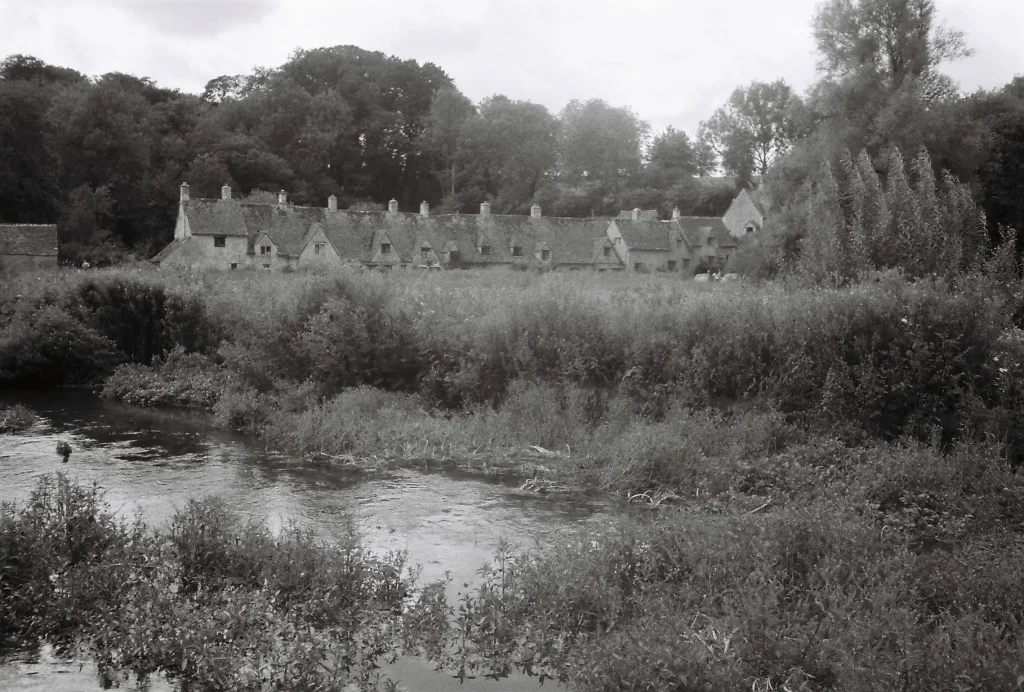
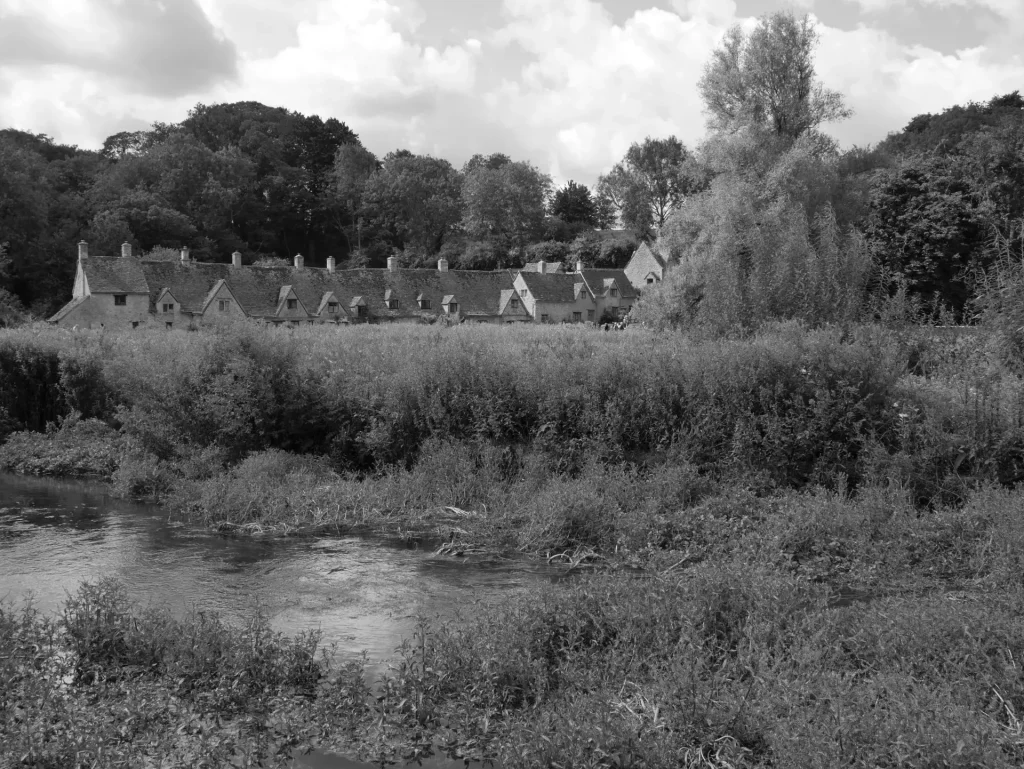
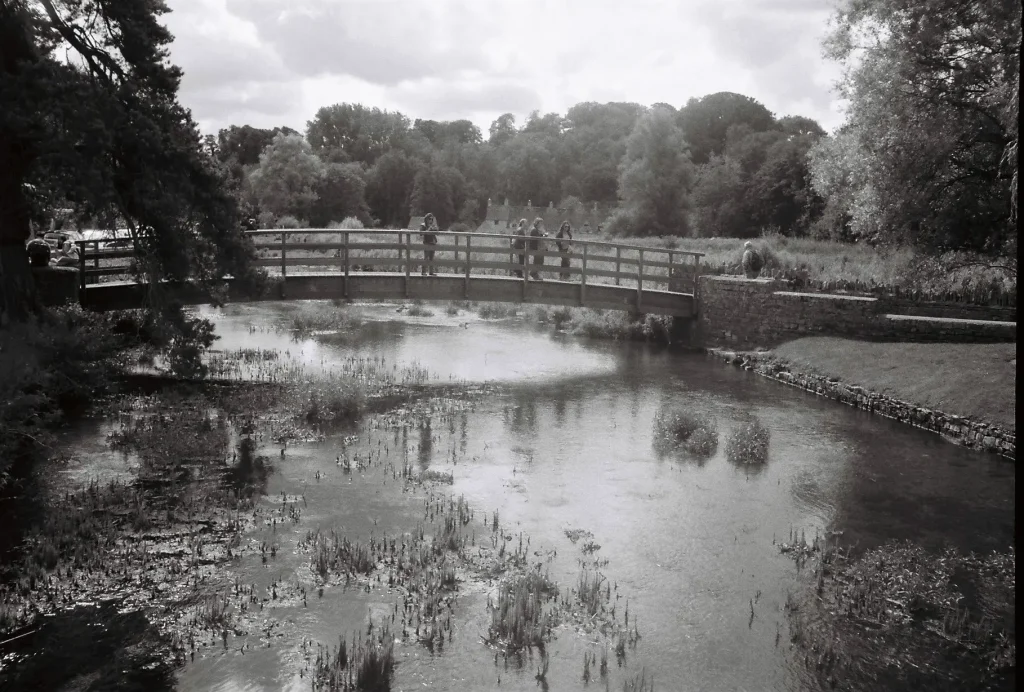
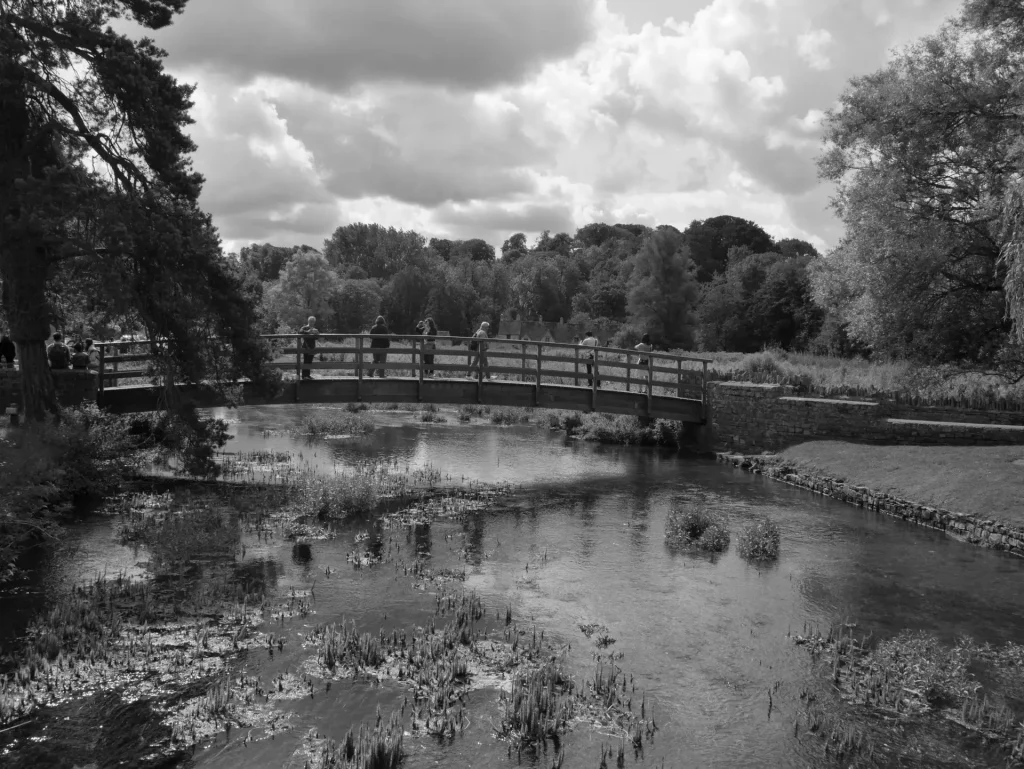
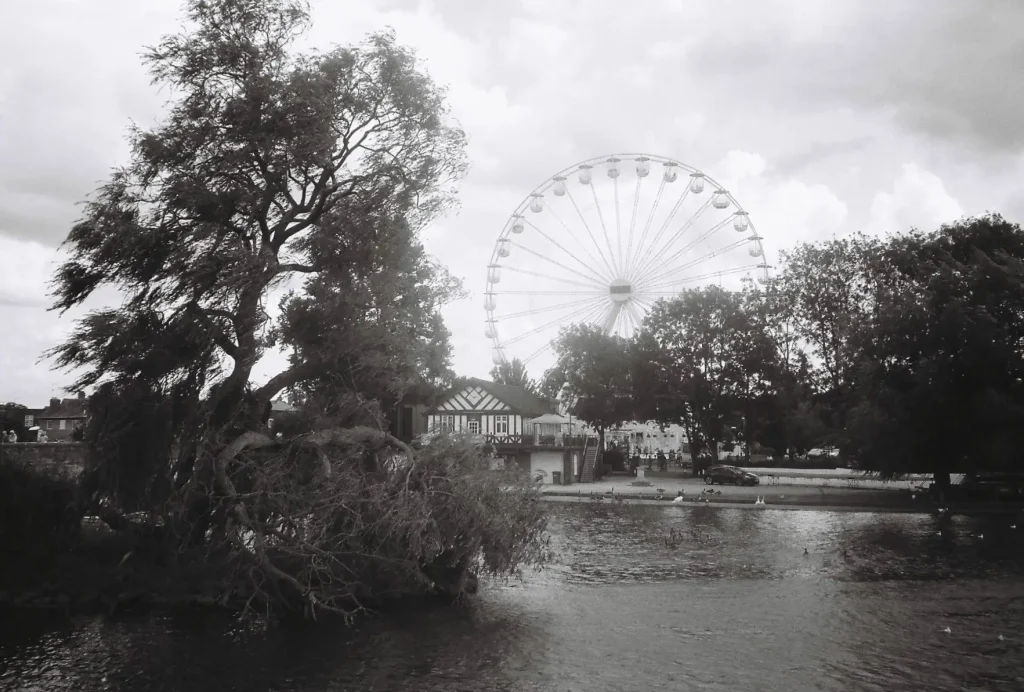
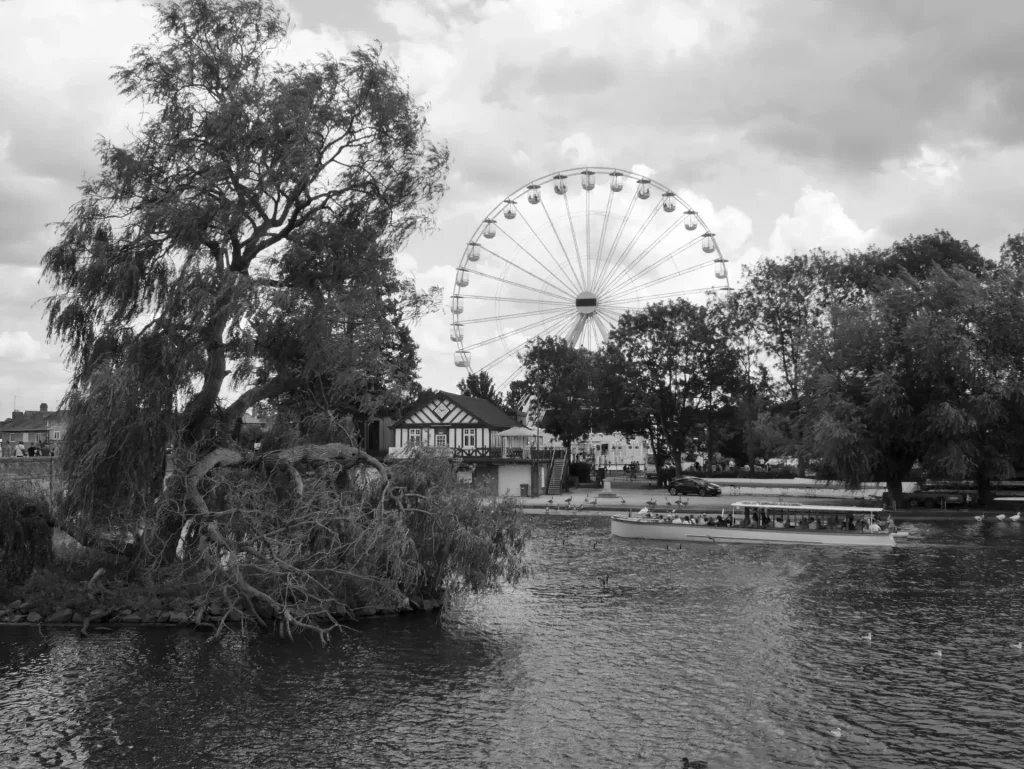
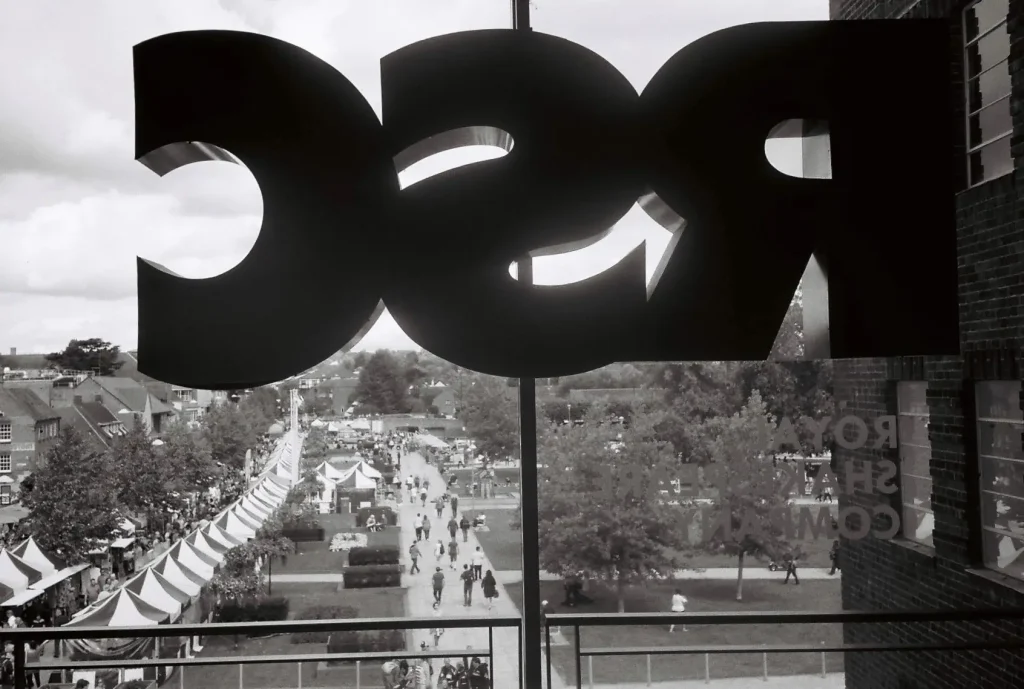
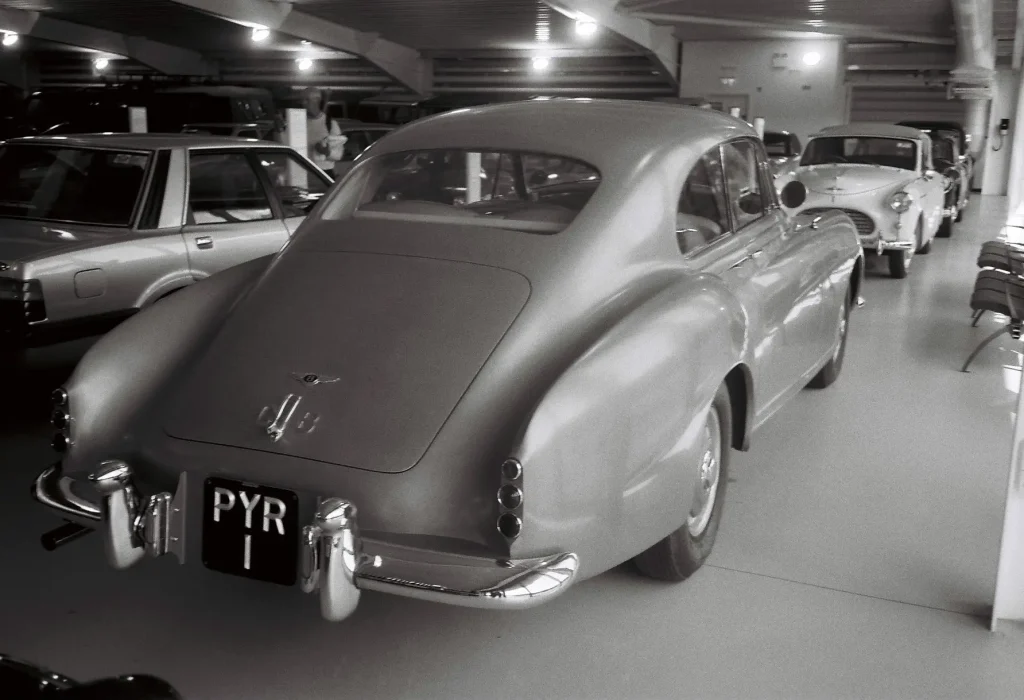
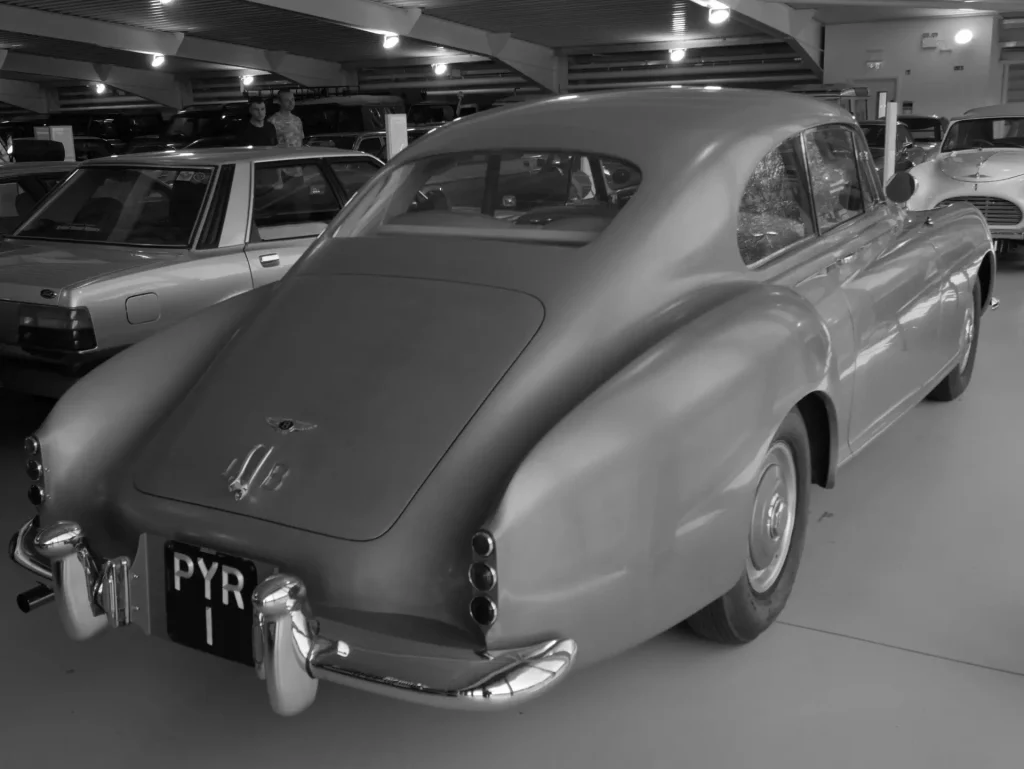
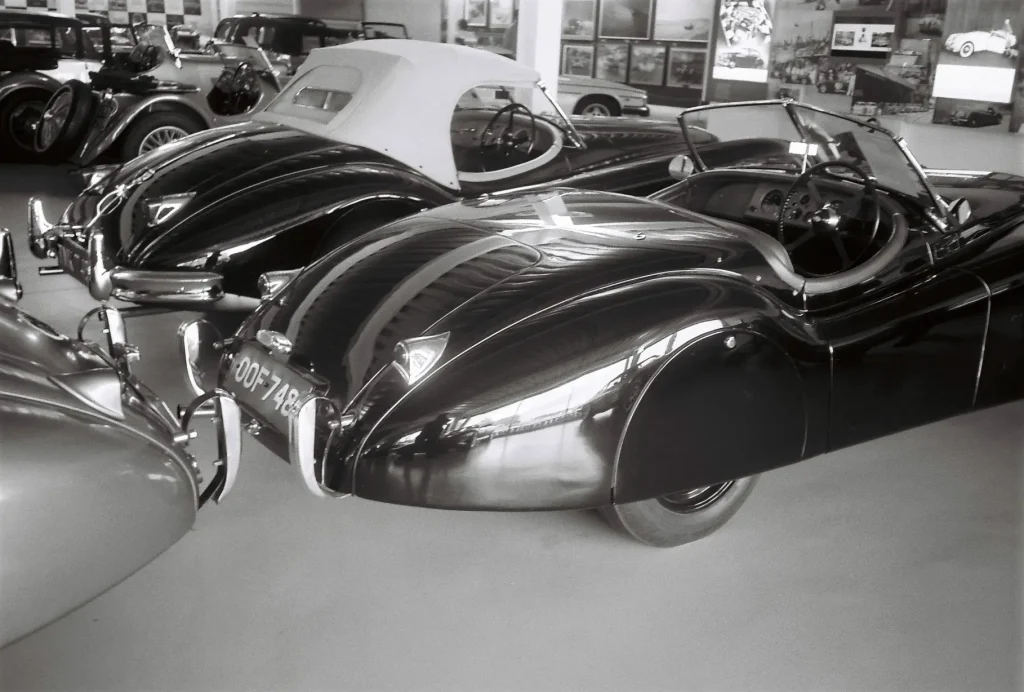
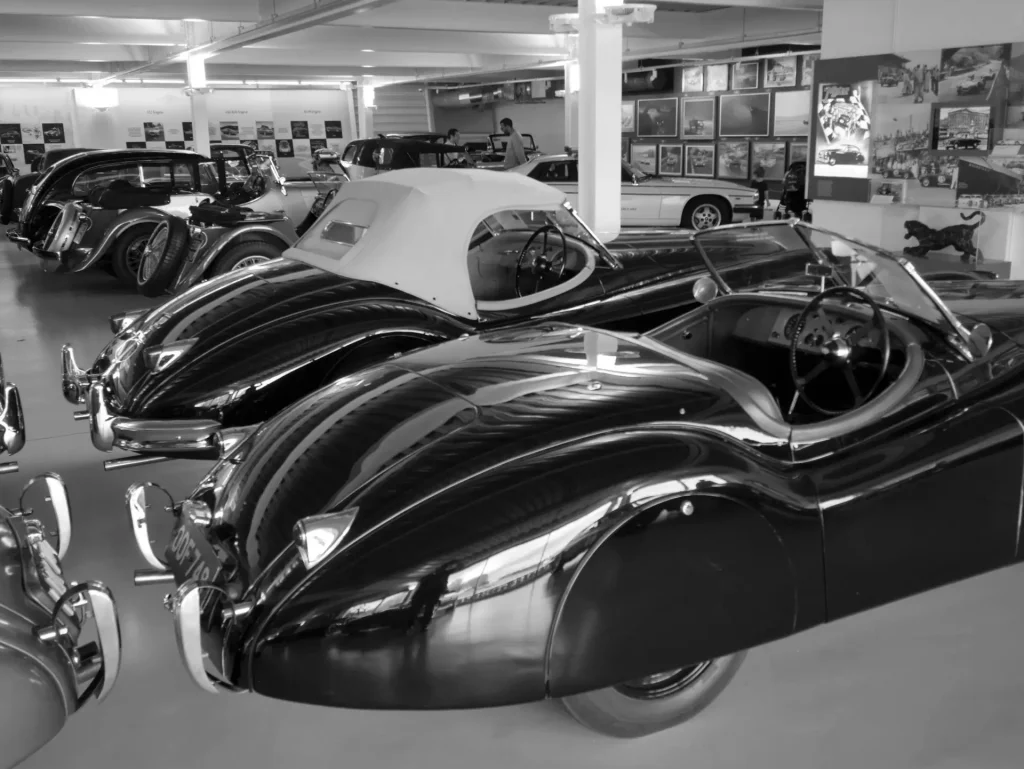
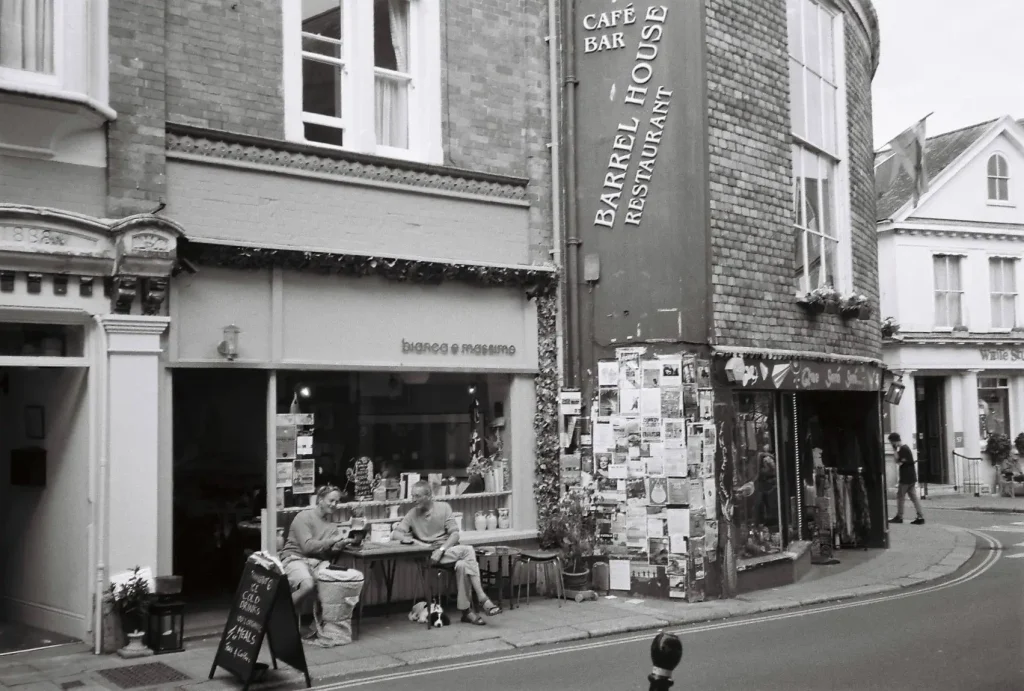
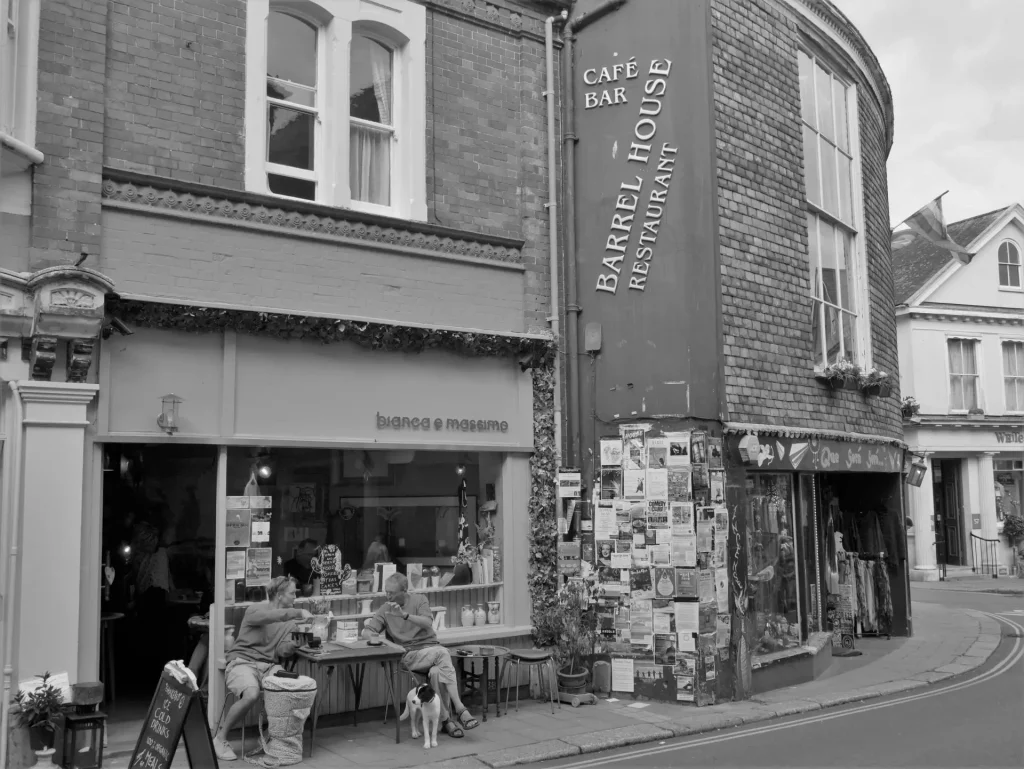
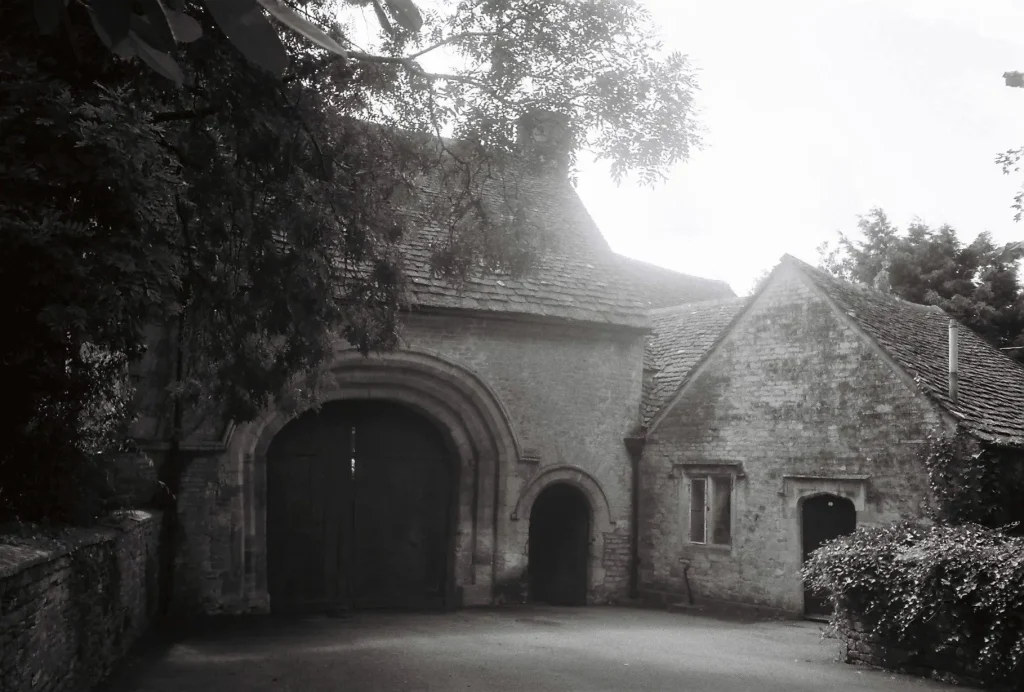
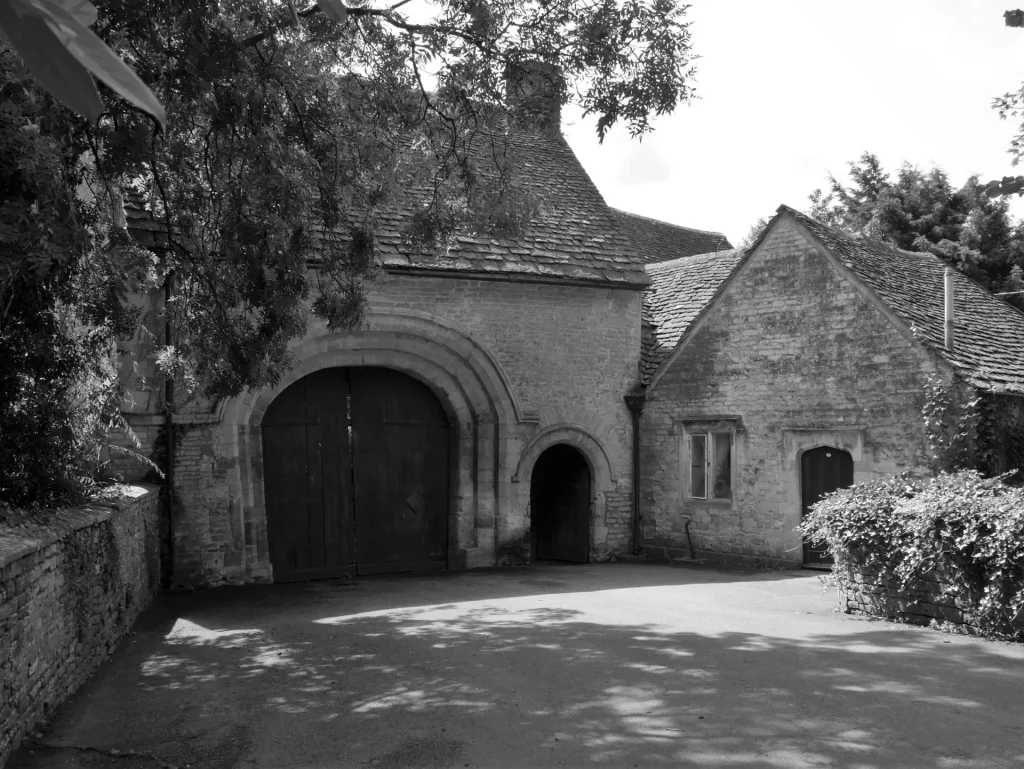
I think my Olympus XA2 from the 1980s put up a reasonable performance in comparison to the 2013 Panasonic GM1. It’s fair to say that, at least in this particular exercise, the GM1 produced cleaner and marginally sharper images, with arguably better metering and retained more detail in the highlights. Being still unfamiliar with the Panasonic GM1, I played safe and set an upper limit of 400 ISO which will have enabled faster shutter speeds than the XA2. In retrospect I should have set it on ISO100 to even things up.
Nevertheless, I feel Neopan Acros 100 has a nice look, and the XA2 is a faster camera to shoot with, plus it has a viewfinder. It has to be said though, the Panasonic GM1 has an advantage in sophistication and versatility, and it’s a very nice little camera. Essentially I’m happy to carry either of these cameras around with me. Let’s just say they’re equal but different.
You can find more of my content on 35mmc here
Share this post:
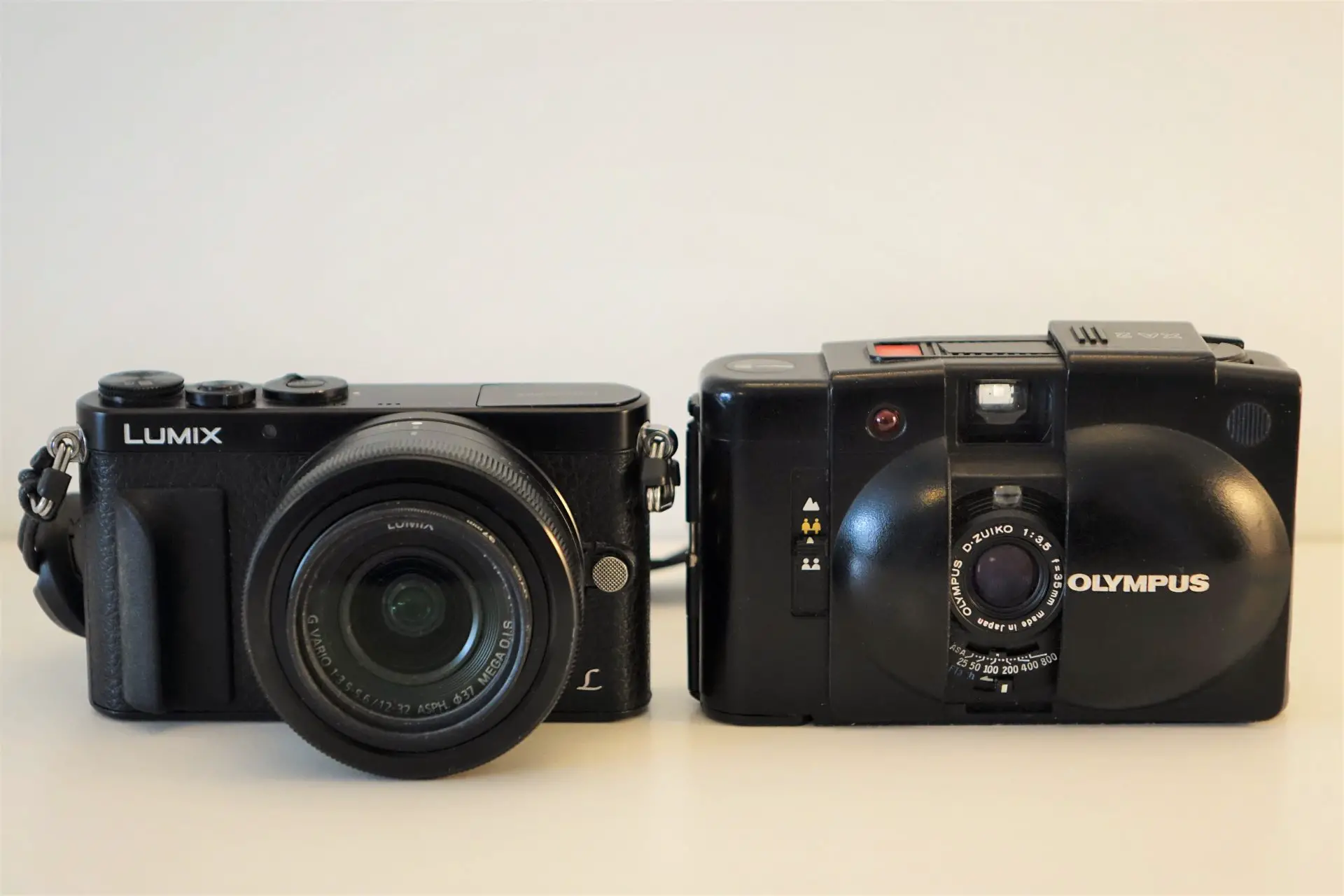








Comments
Graham Coad on Panasonic GM1 Review: A Digital ILC Alternative to the Olympus XA2? – by Charles Higham
Comment posted: 29/12/2019
Comment posted: 29/12/2019
Comment posted: 29/12/2019
Chris Pattison on Panasonic GM1 Review: A Digital ILC Alternative to the Olympus XA2? – by Charles Higham
Comment posted: 29/12/2019
Never mind. It was fun while it lasted. My XA is still alive thankfully.
Comment posted: 29/12/2019
Steve Wales on Panasonic GM1 Review: A Digital ILC Alternative to the Olympus XA2? – by Charles Higham
Comment posted: 29/12/2019
BTW I read a review on the Holga 1:8 f25 for the MFT and picked up a copy to try it out. In true spirit of the Holga principles it's an unpretentious plastic lens with fairly crude focusing symbols, ie head, group of people, distant hills etc, and being plastic the fit to the camera is a bit sloppy. For anyone wanting to 'knock the hard edges' off the clinical digital output, this could be the lens for them (that's if you can find one, as my experience would suggest they're a bit like hen's teeth - I imported mine from Germany via the Bay).
Comment posted: 29/12/2019
Rob B on Panasonic GM1 Review: A Digital ILC Alternative to the Olympus XA2? – by Charles Higham
Comment posted: 29/12/2019
Overall, I'd have to say that the overall difference in the photos isn't unexpected, at least to me. Not knowing how you had the Panasonic set up for this, I'd assume that the ISO would be auto-set and that the matrix metering of the Panasonic versus the center-weighting of the Olympus and the fixed ISO of the Acros no doubt had a large impact on the difference in the photos.
Comment posted: 29/12/2019
Comment posted: 29/12/2019
Khaled IM on Panasonic GM1 Review: A Digital ILC Alternative to the Olympus XA2? – by Charles Higham
Comment posted: 29/12/2019
Features on digital cameras trounce their analogue counterparts in every conceivable respect save one - the final product. Analogue images breathe and interact with the eye in a way that digital versions cannot.
When comparing great digital images to great analogue ones, film invariably wins, for me at least. It's a terrible disadvantage because the inconvenience of using film today is almost off-putting. Almost, but not quite.
Comment posted: 29/12/2019
CharlesMorgan on Panasonic GM1 Review: A Digital ILC Alternative to the Olympus XA2? – by Charles Higham
Comment posted: 29/12/2019
Comment posted: 29/12/2019
Nigel Cliff on Panasonic GM1 Review: A Digital ILC Alternative to the Olympus XA2? – by Charles Higham
Comment posted: 29/12/2019
Comment posted: 29/12/2019
Mani on Panasonic GM1 Review: A Digital ILC Alternative to the Olympus XA2? – by Charles Higham
Comment posted: 29/12/2019
I guess if what you’re looking for in photography is sharpness and detail in the highlights, then the digital is ‘better’.
I’m sure when Michelangelo was hard at work on the Sistine chapel ceiling there were blokes standing under and criticizing the sharpness and lack of shadow detail...
Comment posted: 29/12/2019
F.Schneider on Panasonic GM1 Review: A Digital ILC Alternative to the Olympus XA2? – by Charles Higham
Comment posted: 30/12/2019
Comment posted: 30/12/2019
Penarthur. on Panasonic GM1 Review: A Digital ILC Alternative to the Olympus XA2? – by Charles Higham
Comment posted: 31/12/2019
Comment posted: 31/12/2019
Comment posted: 31/12/2019
Comment posted: 31/12/2019
Jim Chung on Panasonic GM1 Review: A Digital ILC Alternative to the Olympus XA2? – by Charles Higham
Comment posted: 10/05/2020
Charles Higham on Panasonic GM1 Review: A Digital ILC Alternative to the Olympus XA2? – by Charles Higham
Comment posted: 11/05/2020
Jeff on Panasonic GM1 Review: A Digital ILC Alternative to the Olympus XA2? – by Charles Higham
Comment posted: 06/02/2021
Charles Higham on Panasonic GM1 Review: A Digital ILC Alternative to the Olympus XA2? – by Charles Higham
Comment posted: 07/02/2021
Andrew on Panasonic GM1 Review: A Digital ILC Alternative to the Olympus XA2? – by Charles Higham
Comment posted: 15/08/2021
Another small option would be a Sony Nex 3n, which you can pick up for around 100 dollars and maybe pair it up with that Sony 20mm. I've been using it with cheap chinese lenses and honestly enjoyed using it more than the larger Sony APS-C bodies. Wish Sony made more small lenses for their APSC bodies, Fuji has the 18mm and the 27mm.
Comment posted: 15/08/2021